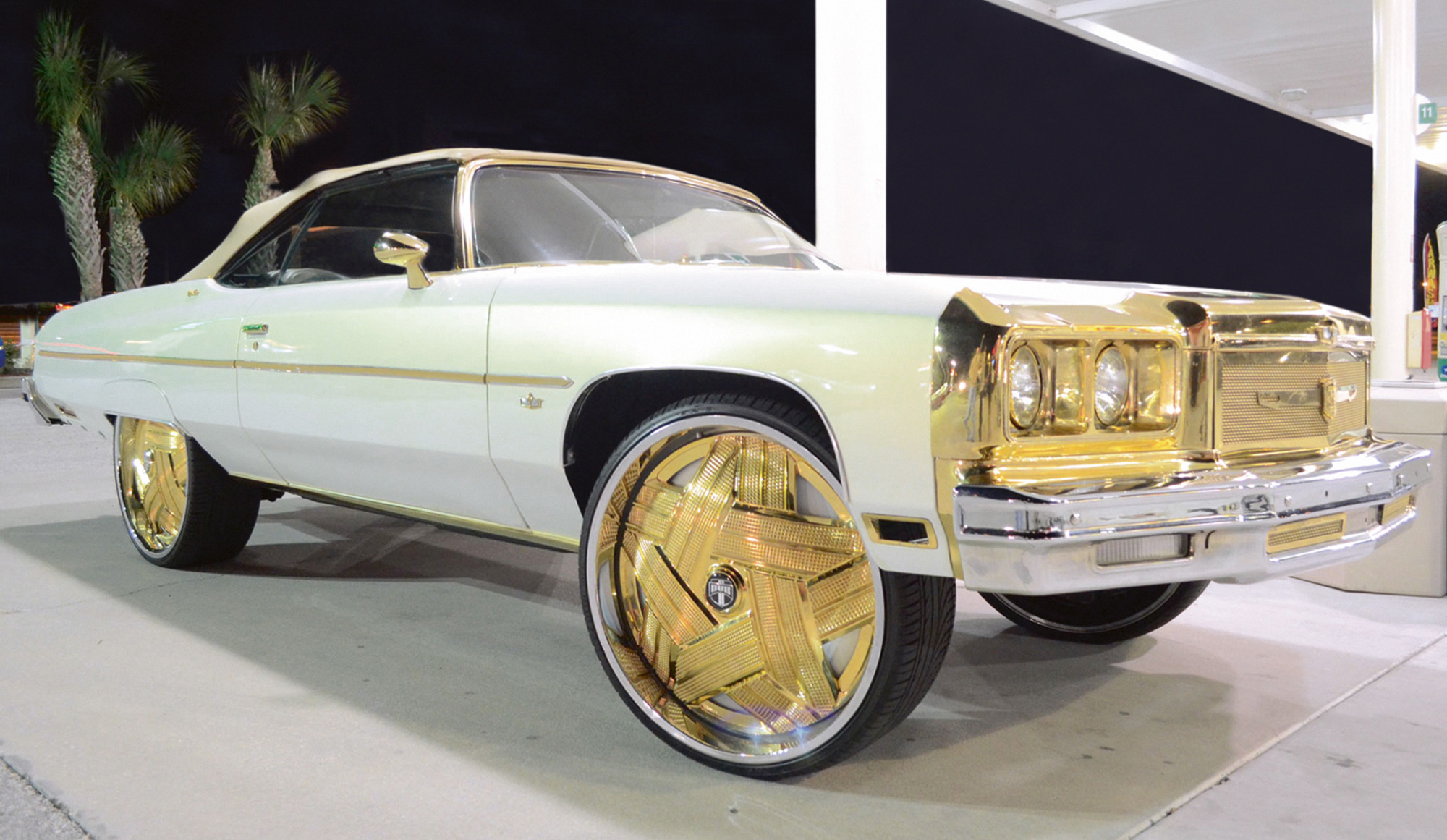A Wheel in a Wheel
Sprewells and the unleashing of blur
D. Graham Burnett

For reasons that remain to be fully understood, this fleeting moment of celebrity exposure occasioned a veritable explosion of public comment on, and commercial interest in, this technology—hitherto known as “spinner” wheels (or just “spinners”) among a circumscribed coterie of hot rod aficionados, they were thenceforth universally dubbed “Sprewells.” Before the spasmodic swell of cultish enthusiasm receded, the devices had made appearances on countless lowriders and tricked-out funny cars, in addition to sneakers, wheelchairs, hats, belts, roller skates, and other unlikely knickknacks. Lyrical encomia proliferated—often truculent, sometimes pimpishly self-regarding; not infrequently, both. Properly pornographic cameos followed, and then, in train: fretting lawmakers; patent infringement cases; a long, spinning fall from grace; jets of caustic satire here and there; and, finally, something like oblivion.
Let us put this fetching cultural history aside. There is work to do in that arena, but I leave it to others. It is my contention here that these devices—which represent, I believe, a significant moment in the history of wheels—merit closer critical/analytic attention than they have yet received.